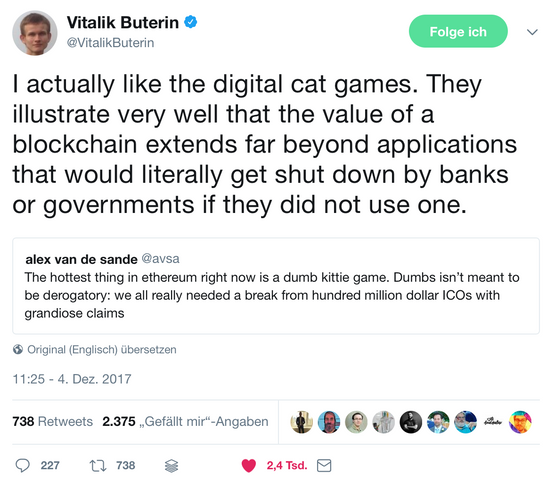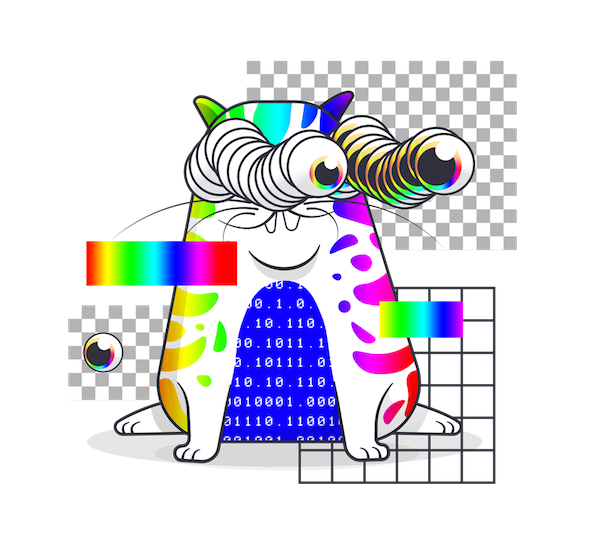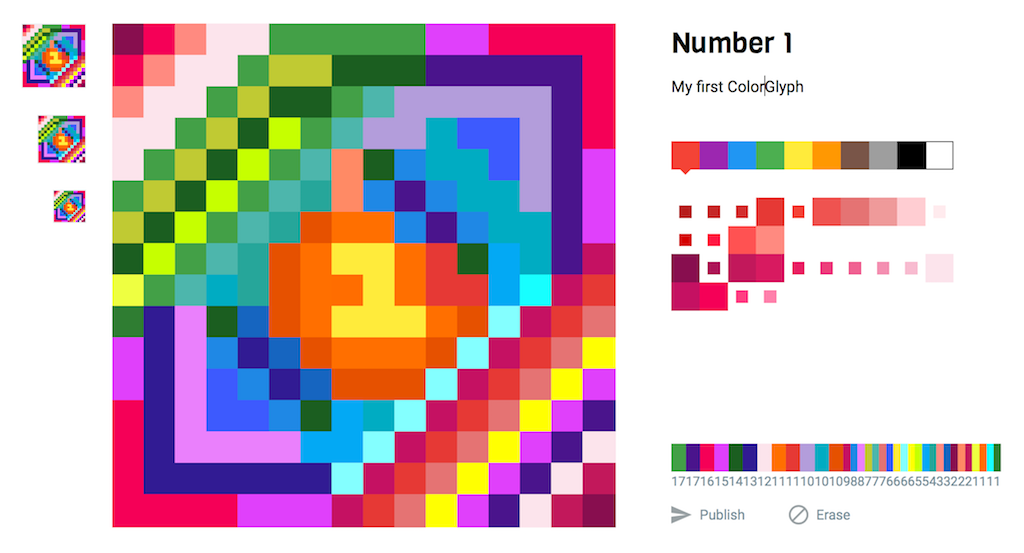Dear friends and readers,
if you haven't lived totally behind the curtain during the last weeks, you have certainly heard about CryptoKitties. Although it's not the first game, that has been built on a blockchain, most of the CryptoGames, that has been created before, dealt with betting and gambling.
In this article I want to give you some background info about CryptoKitties and an overview of a new kind of blockchain based games, that have the potential to bring crypto to the masses.
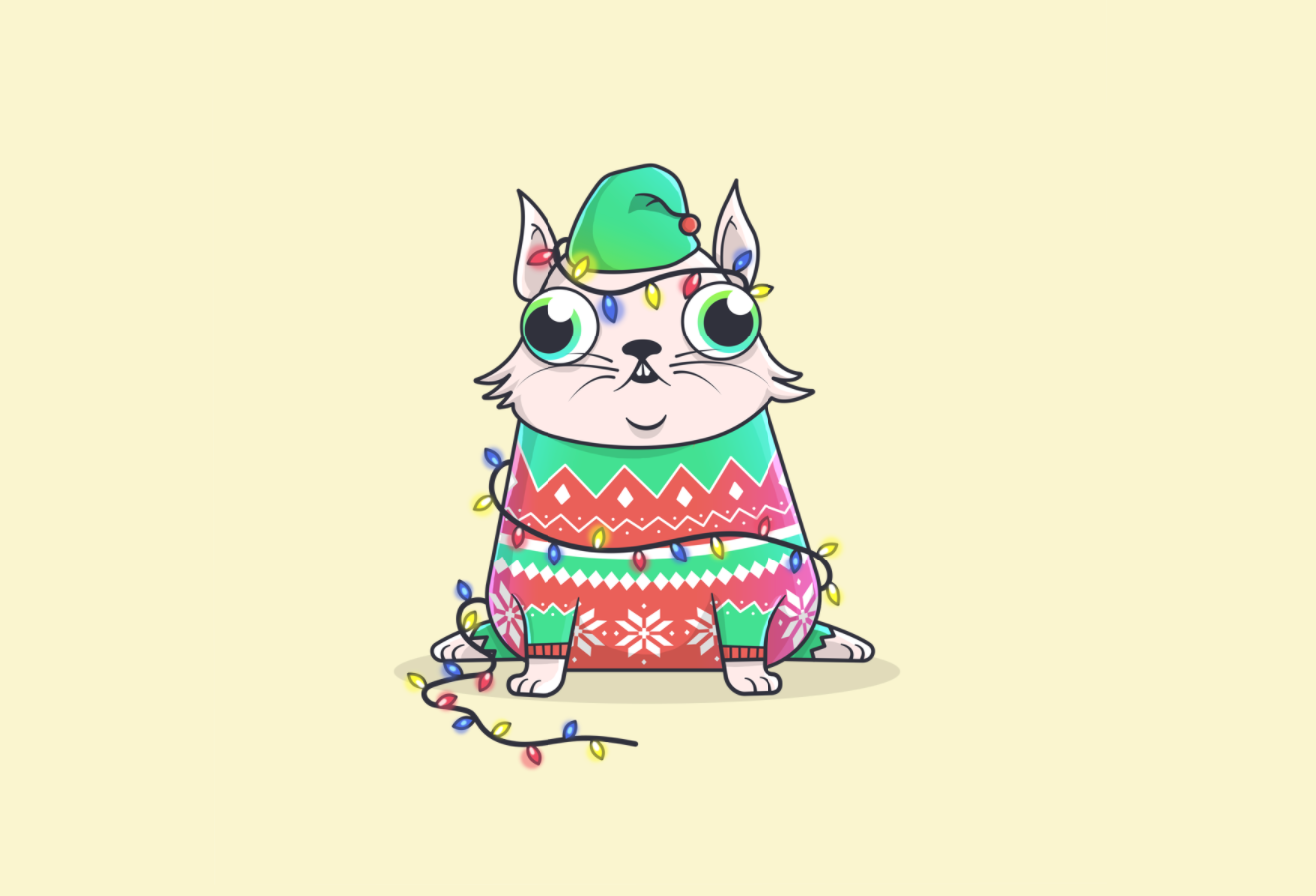
MERRY XMAS KITTIE - Source
CryptoKitties
CryptoKitties is one of the world’s first games that was built on blockchain technology. You can buy, sell, or trade your CryptoKitty and if you have two of them, you're able to "breed" new ones.
The recent hype about those "adorable" collectibles has taken a dramatic scale, so that the whole Ethereum network became very slow. (They should have used the Steem-blockchain instead.)
Unprocessed ethereum transactions have risen about six-fold since CryptoKitties was released on Nov. 28 [...] CryptoKitties now has the busiest address on the ethereum network, accounting for nearly 12% of all transactions.
What's the reason for Crytokittie's hype?
Maybe one reason for the success is, that even the inventor and co-creator of Ethereum, Vitalik Buterin tweeted about Cryptokitties.
But what makes Cryptokitties so different from other online games?
Why are they so successful?
One reason might be, that unlike in former games, where you could buy digital goods for real money, CryptoKittie's buyers aren't relying on the managerial efforts of a company to retain the value of their investment.
You don’t have to rely on the CryptoKitty team to take care of your cats or breed them for you, the cats don’t eat and “breeding” is just an ethereum transaction that you (and only you) can make by using any free and compatible Ethereum software client and by signing the transaction with your Ethereum private keys.
One example of CryptoKittie's impact is the story of a Kitty, that has been sold for $75,000 US.
BugKitty
A guy named Nick Johnson was rewarded this BugKitty about a month ago for finding some modest bugs in the CryptoKitty code. He sold the BugCat for 175 ether (a bit over $75,000 at today’s rates ), making BugCat the second highest priced CryptoKitty sold so far. By the way: Nick donated the proceeds to Worldbuilders "geek-centered" charity.
Check it out!
If you are curious about buying your own CryptoKitties, you should have a look at kittyexplorer to find some low gen kitty with rare traits and decent speed.
Cryptopets
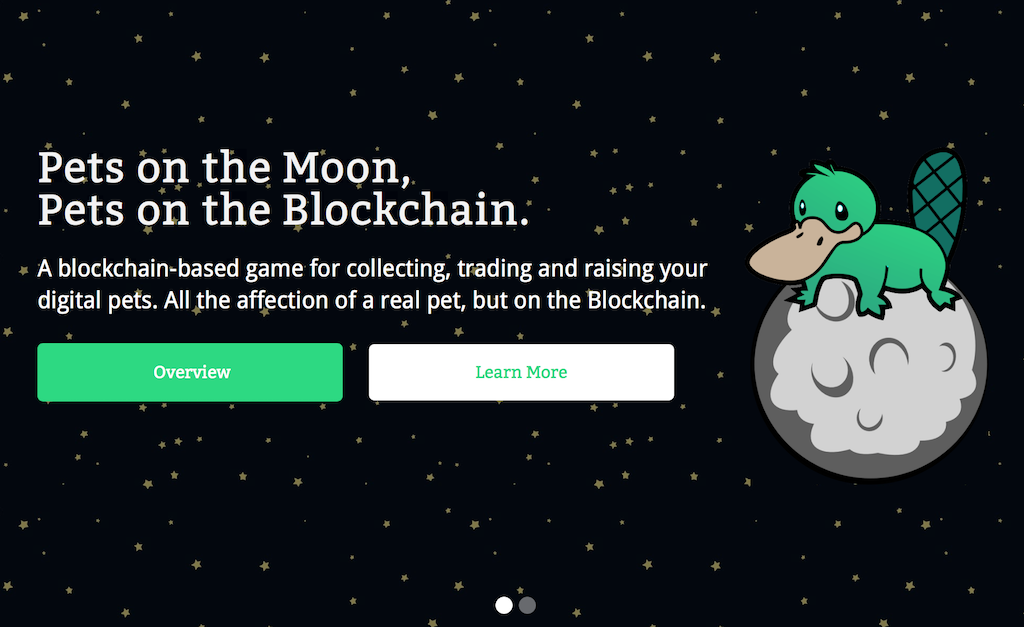
Image Credit: Cryptopets
It's no wonder, that after the success of CryptoKitties there are more CryptoPets coming. They basically seem to be a copy of CryptoKitties, but you will be able to play with many different species.
The first 5 animals to be released are the Dog, Galapagos Turtle, Giant Panda, T-Rex, and Unicorn. A portion of the proceeds earned from the sale of CryptoPets will be donated to WWF.
CryptoPets will have multiple species of pets that collectors can buy, trade and play mini-games with! #crypto 🦁🐘🐻🐪
Colorglyph
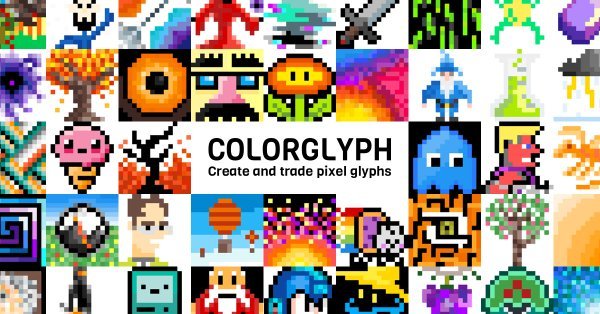
Image Credit: Tyler van der Hoeven's twitter
Colorglyph is a pixel graphics collection game. You can create those glyphs by yourself and trade for them.
Unlike the previous mentioned games, Colorglyph is build on the Stellar blockchain. It was developed by Tyler van der Hoeven as part of the Stellar Build Challenge.
Each glyph is made up of a limited set and number of colors and those colors are each their own crypto token on the Stellar network. They are distributed by a master account and owned by separate individual accounts which “trust” those color tokens from the master.
Colorglyph operates on a limited 256 color palette. You also have a limited number of each color in your account so as you use colors in your glyph creations you’ll slowly use up available colors. To get more colors you’ll need to trade for them with other users.
Until now, trading your Colorglyph's is the only way to get mor color tokens, but in the future there are plans to get more colors for example by sharing on social media, creating popular glyphs, etc. Also features like creating glyphs as a team or using path payments to convert one token to another might be implemented soon.
Each user on Colorglyph has their own Stellar account which maintains their token library dictating how much of each color they have to “spend” on glyphs. When a glyph is added or removed from their active library their color count is adjusted and a multi operational transaction is initiated.
Cryptopunks
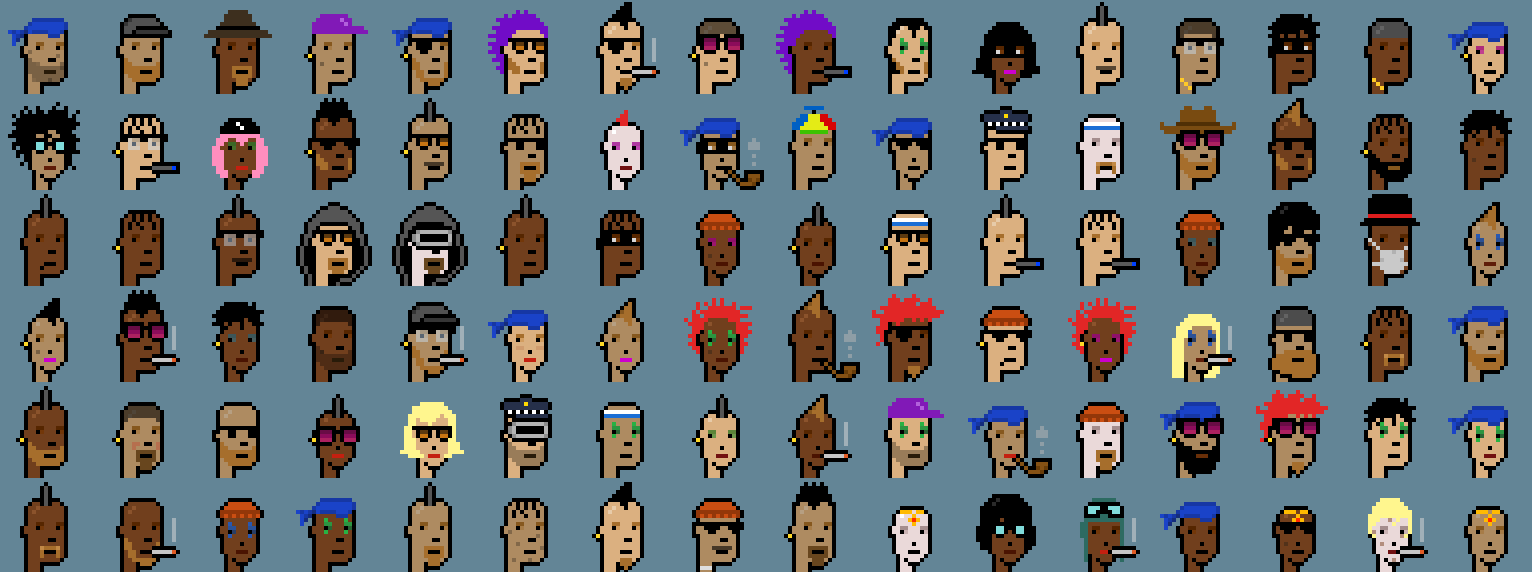
Image Credit: Cryptopunks
The creator of Colorglyph says, that his work was inspired by Cryptopunks.
The CryptoPunks are algorithmically generated 24x24 pixel art images, that are almost an ERC20 token.
Most are punky-looking guys and girls, but there are a few rarer types mixed in: Apes, Zombies and even the odd Alien. Every punk has their own profile page that shows their attributes as well as their ownership/for-sale status.
Cryptopunks are not really a game, because all you can actually do is collecting them, but besides being an inspiration for CryptoKitties and Colorglyph, they obviously also provided the technical base for them.
The actual images of the punks are too large to store on the blockchain, so we took a hash of the composite image of all the punks and embeded it into the contract. You can verify that the punks being managed by the Ethereum contract are the True Official Genuine CryptoPunks™ by calculating an SHA256 hash on the cryptopunks image and comparing it to the hash stored in the contract.
Avatar Island
![]()
Image Credit: High Fidelity
Philip Rosedale, the founder of Linden Lab and creator of the very successful Second Life in 1999, just launched a new virtual world called Avatar Island. The new company behind it is called High Fidelity and they've built an open-source platform based on their very own blockchain.
Currently users can purchase more than 300 items for their avatars, that were created by digital artists around the world.
Each item is uniquely identified with a digital fingerprint (a hash algorithm) and can be purchased using High Fidelity’s blockchain currency, HFC. You can look at an item someone is wearing and then hover over it. It will show you its certificate, proving that the person owns that item.

High Fidelity's Blockchain: Virtual Goods and Identity
High Fidelity’s blockchain service is called Digital Asset Registry (DAR).
In the future, item ownership recorded on the DAR could also be used to translate purchases between the virtual and real worlds. You might buy a pair of shoes for your avatar in the virtual world and receive an unfalsifiable coupon for the same pair of shoes in a real store.
Rosedale said that High Fidelity couldn’t use existing public blockchain cryptocurrencies such as Bitcoin and Ethereum because of high transaction fees and times and the limited number of transactions, that can be done simultaneously.
If a stable currency comes online with low fees in the future, then Rosedale said the company would consider shifting to it. In time, Rosedale hopes to make the currency convertible into other currencies, so users will eventually be able to cash out the money they make in the virtual world. Users might also take their money and leave the game to join another game.
Steempunk
The first MMORPG (Massive Multiplayer Online RolePlaying Game) based on a blockchain!
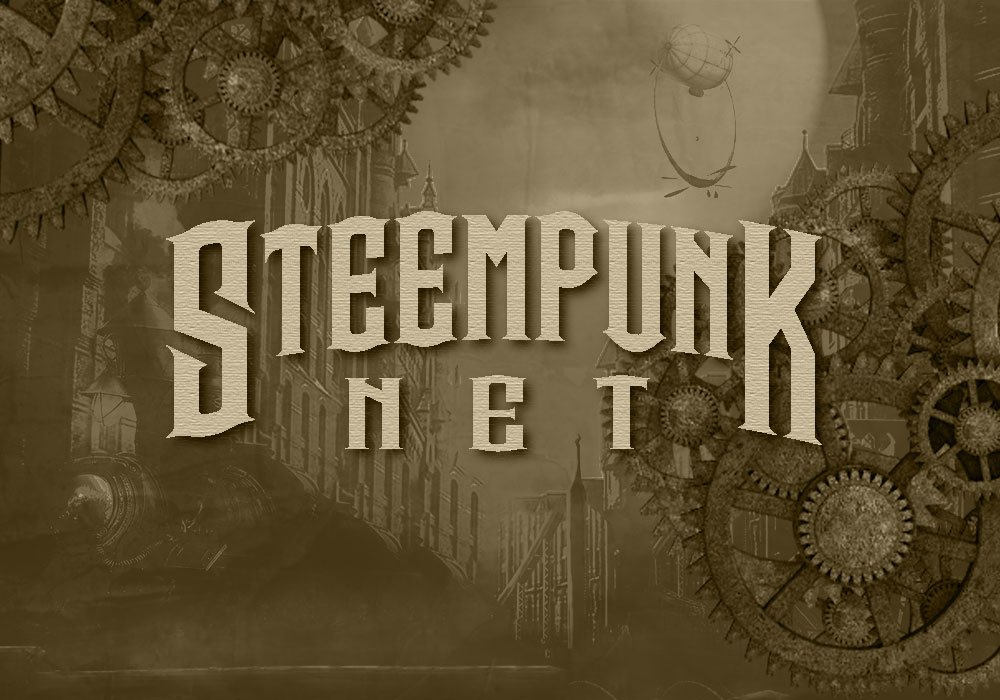
Image Credit: Steempunk
Steempunk is a Steem based browser game (currently in public beta), where you can build a charakter, challenge other players for fights and find chests. The game interacts with the Steem blockchain to save fights and actions.
As an additional component, the activity of individual users is also built into the game to create a unique user experience. Users who are more active on Steemit and contribute to the success of the network have a better chance to win fights and find items. Finally, the integration into the Steemit Blockchain also ensures that the player gets the opportunity to earn the cryptocurrency steem within the game.
This means, the more you interact (vote, comment, post), the higher is your chance to be rewarded with ingame items and even Steem.
If you want to give it a try, you should check out the Steempunk Website or the @steempunknet Steemit account. You can also reach out to the developers at their Discord or install the Steempunk.net Chrome Plugin right away.
Conclusion
The huge success of CryptoKitties proves, that people are all set for CryptoGames.
Those games will not only satisfy CryptoGeeks, but will help onboarding more and more curious and creative individuals and educate them about cryptocurrencies in a fun way.
At the same time a multi-billion dollar video-game industry is looking for blockchain technology, that is able to handle thounds of transaction per second, providing low transaction fees and a stable currency.
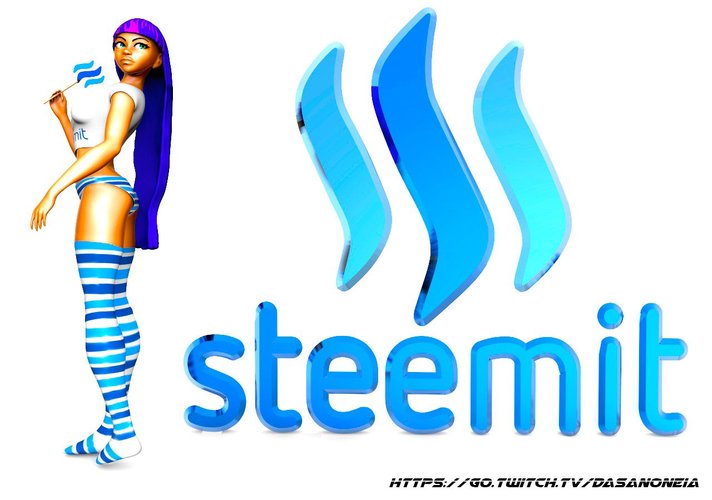
Image Credit: @dasan-oneia
The Steem blockchain can fulfil these demands and with the introduction of SMTs (Smart Media Tokens) it is providing the necessary token-tools in the near future.
Wether you're a game-designer or developer:
You really should take a closer look and use the potential of Steem to create a viral video game!
I'd like to know your opinion: Are you already playing CryptoGames? Have you checked CryptoKitties or tried the public beta of Steempunk.net?
Please leave your feedback in the comments!
@shortcut - posting about art & creativity


